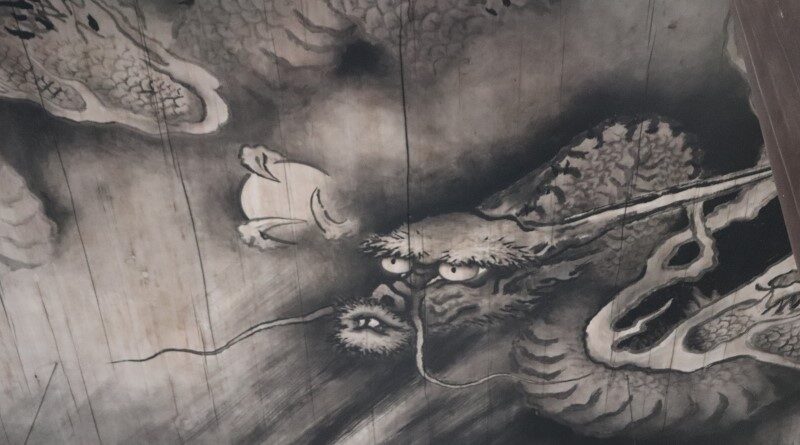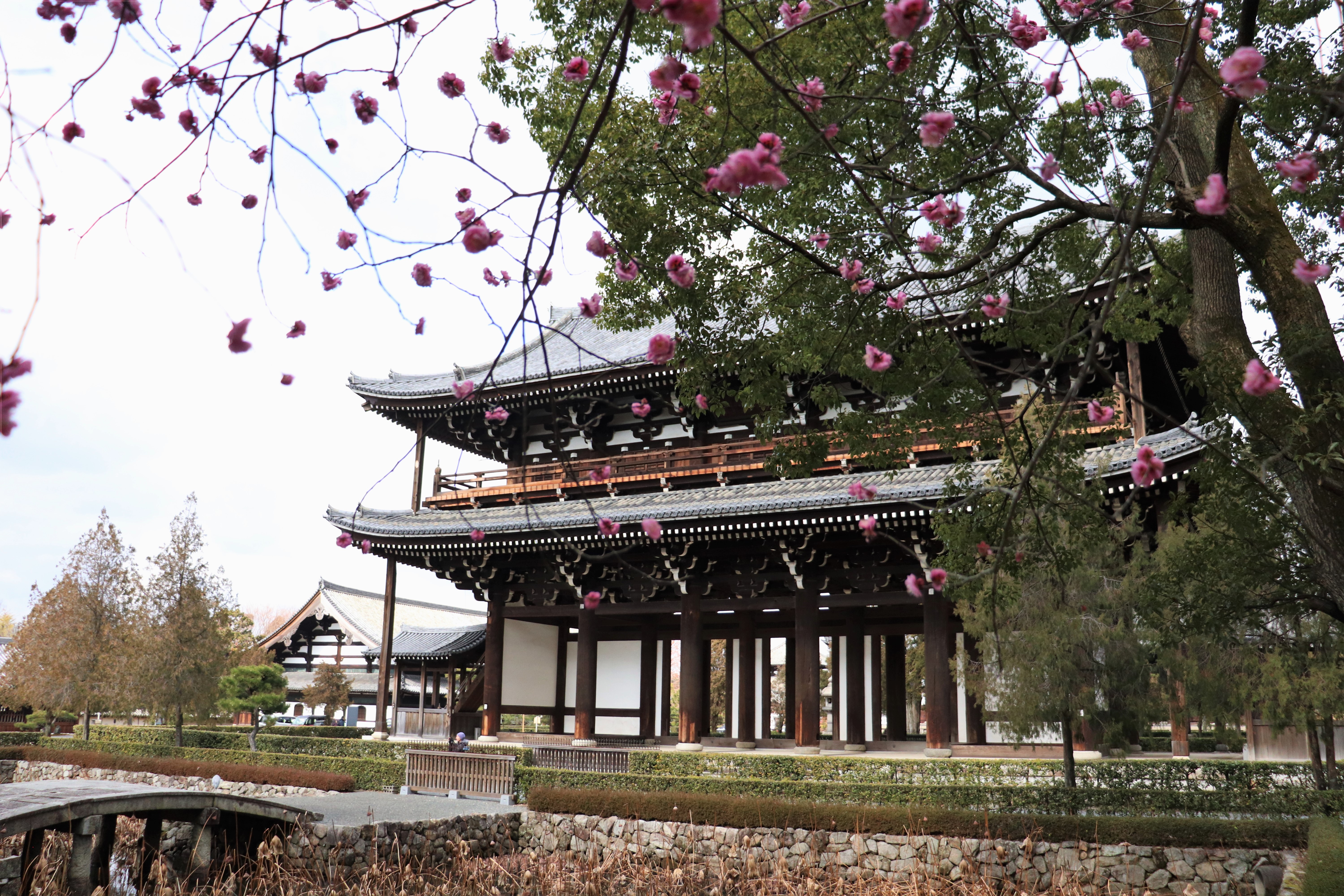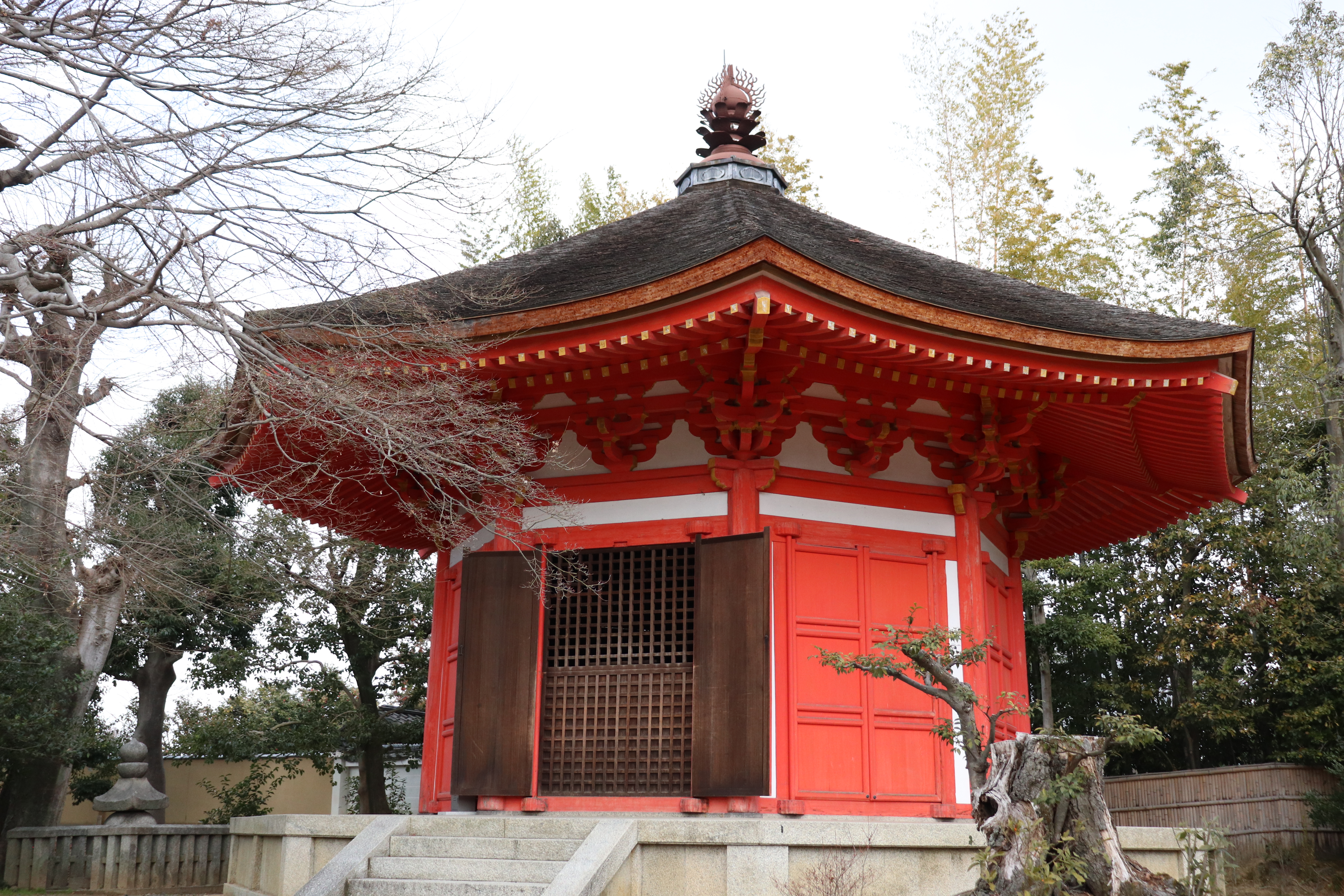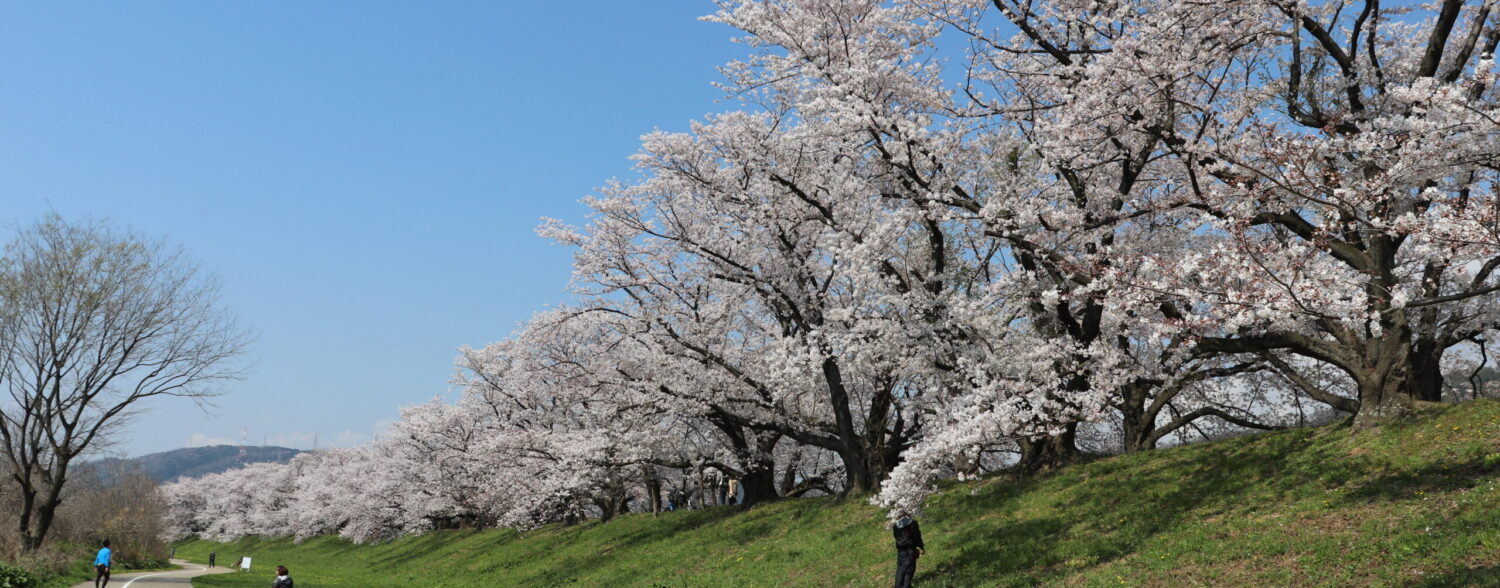
Tofuku-ji Temple: Kyoto’s Massive Zen Temple
In south Kyoto City is the renowned and gigantic Tofuku-ji Temple [東福寺]. Today Tofuku-ji is best known as one of the best places in Kyoto to observe the fall leaves. However, this temple is much more than just pretty leaves. Once apart of the ancient Kyoto Gozan [京都五山] or Five Mountain System, the temple is full of history and pretty zen garden, too. If you are wondering which historic spots are a must see one your visit to Kyoto, the Tofuku-ji Temple should definitely make your list.
The History of Tofuku-ji Temple
Formerly on the current site of Tofuku-ji was Hossho-ji Temple, the tutelary temple of Fujiwara clan. In the early 13th century when the Fujiwara’s were starting to lose their authority, the aristocrat family, Kujo clan, built their own tutelary temple, Tofuku-ji.

The name “Tofuku-ji” come from Todai-ji and Kofuku-ji. Considering the massive scale of the temple’s it was named for, fittingly overtime, Tofuku-ji Temple acquired many pagodas and little temples. Originally, the main hall enshrined an impressive 15m tall Buddha statue. The temple gradually became famous and joined the Kyoto Five Mountain System during the Muromachi Period.

However, like many other temples in Kyoto, much of the original temple grounds were lost during Meiji Restoration and the fire in 1881, which burnt down a large portion of the temple grounds, including the 15m Buddha statue.
Temple Grounds
Though Tofuku-ji suffered from many fires throughout the course of its history, its main gate has miraculously survived. It was built back in the early 15th century and is the oldest gate among other Zen temples, making it a national treasure.

Unfortunately, the main gate is typically not open to public. On the gate are allegedly several Buddha statues and a mural that dates back to the Muromachi Period.
Hondo
Once you enter the temple grounds, you will see the hondo, or main temple building right away. Though it looks old, but in fact it was built in 1934 as Tofuku-ji lost the most of its main buildings, including its principal statue, in the fire of 1881. Currently, the principal statue is of Shaka Sanson, which was in one of Tofukuji’s small temple, Manjyu-ji.

Unfortunately, you cannot go in hondo either. All you can do is to peak at the statue from afar, but you cannot see well. The hondo is only opened from March 14-16th every year for the Nehan-e Festival.

Tofuku-ji is huge, so take your time and walk around. The temple is most popular in the fall, but if you come here in the off season, you can comfortably enjoy the temple.

Tsuten-kyo Bridge
When it comes to Tofuku-ji Temple, everyone immediately thinks of how lovely the fall leaves look in its garden. Indeed, Tofuku-ji is one of the best spots in Kyoto to enjoy the fall colors, which are especially particular pretty from Tsuten-kyo Bridge. However, due to the temple’s popularity bear in mind that during peak season it can take hours just to get into the temple and you probably cannot take pictures from the bridge at that time, simply because there are so many people.


If you walk straight, you can see the Kaizan-do Hall (built in 1823). It is very unique that the little pagoda, the Densho-kaku, is attached to the roof.

Honbo Garden
Honbo is located in the center of Tofuku-ji, and was originally a house for monks as well as a receiving hall. Among other things, the Hasso no Niwa Garden, which is based on traditional zen gardens, is particularly famous.



Rokuhara-mon Gate [六波羅門]

When you leave Tofuku-ji, make sure to use the Rokuhara-mon gate, which stands right next to San-mon (main) gate. The Rokuhara-mon gate was predominately used by the Rokuhara Tandai, who were Kyoto officials of the Kamakura Government. Note the big scar on the left side of the gate—a memento from a large battle against the Kamakura Government.

Points of interests
Little Temples
Tofuku-ji Temple really feels massive, but what makes this temple feel so big are all the small temples on the temple grounds. There are as many as 25 small temple at Tofuku-ji but unfortunately most of them are usually not open to the public or only open for special occasions throughout the year.


Tofuku-ji Temple
/*
The closest stations to Tofuku-ji Temple are the JR and Keihan Tofuku-ji stations.
From either station, just walk along the JR tracks south for 10 minutes and you will see the huge gate of Tofuku-ji Temple on your left.
*/

Leave a Reply